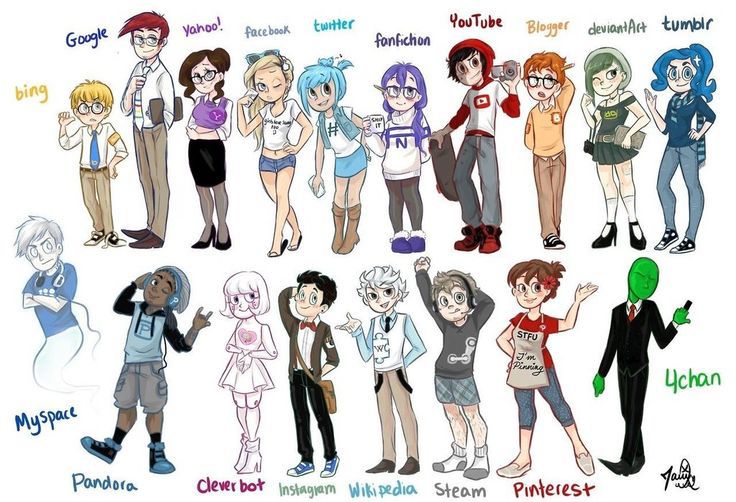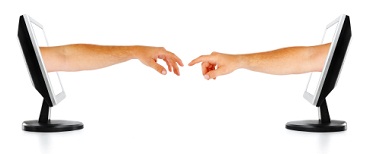[Part 6 of 9: The Social Animal on Social Media, Part 1,
Part 2, Part 3, Part 4, Part 5, Part 7, Part 8, Part 9]
Social psychologist expert, Elliot Aronson, in his classic textbook, The Social Animal classifies aggressive action into two categories:
- Intentional aggression is when someone uses aggression as a means to an end, like the defense in a rugby or football team. They go in first and foremost to stop the other team from scoring, but if someone gets hurt, well that’s life.
- Hostile aggression is when someone intends to cause pain and injury because they can. They are doing it for badness, as my mother used to say.
Aronson lists the many causes of aggression such as chemical or neurological; alcohol, which lowers peoples’ inhibitions leading them to behave more aggressively; pain and discomfort; frustration; feeling rejection or exclusion by peers – we only have to look at the long list of school shootings in the US to see the tragedies which have occurred when students feel socially excluded.
Sadly, we also learn aggression from mass media and video games. Repeated exposure to violent TV programs and news reports makes us numb to violence and aggressive behaviour, and research has shown that films which contain pornography and violence against women directly increase violence and aggressive behaviour towards women. TV and films of all kinds normalise aggression and violence. This is in part because our culture seems to celebrate aggression.
The aggression myth
You wanna know how to get Capone? They pull a knife, you pull a gun. He sends one of yours to the hospital, you send one of his to the morgue,
– Jimmy Malone, The Untouchables
From Darwin’s survival of the fittest theory, to Red Saunders’ mantra: Winning isn’t everything, it’s the only thing, we embrace aggression, and think about it as a normal part of getting on in life. As Aronson says, we don’t teach our children to enjoy learning at school, we teach them to want to compete and win.
Marketing consultant, Mark Schaefer described how he walked through the British Museum one afternoon, and realised that the whole of human history has been about aggression – one war after another – as humans protect themselves against other humans, or fight to be top dog. Schaefer says today in modern society, in business, there is always aggression underneath waiting to rear up.
It is only the law which keeps our aggression and our dark behaviour in check. And, if you think this is an overstatement, then look at the web and social media.
In Wired Magazine (2014), Adrian Chen described how social media moderators are exposed to the worst sorts of pictures and videos of violence which users regularly put online. Moderation is a heavy responsibility, and the people moderating and screening are prone to burnout and fatigue. Their job is to bear witness to the worst of humanity as they protect the online community.
Without moderation, lots of aggression gets online: 88% of online abuse – including rape and death threats – occurs on Twitter. Some of the ‘important’ account holders (and thus, influencers) are trolls. This is because it is possible to be anonymous on Twitter in a way you cannot on Facebook, LinkedIn and other social media. We may all theoretically wish for freedom of speech online – remember the blue ribbon days? – but in reality, who wants to see what those moderators must delete everyday, things which one seen can never be forgotten. In The Verge, Catherine Buni and Soraya Chemaly describe how moderation came about and how it takes humans to negotiate everyday the correct boundaries to keep society sane and safe.
Catharsis
And, if you think that trolls on Twitter are feeling better when they give vent to their hatred, think again. Research has shown that letting it all out is bad for us. In studies, it was seen that both men and women who express anger in a way that blamed others, and to justify themselves, was associated with more heart disease.
It seems that the yogis have had it right all along. It is far healthier to acknowledge a grievance and then let it go. If we dwell on our slights, perceived or otherwise, we talk about it until we need to retaliate.
The retaliation myth
Go ahead — make my day
-Dirty Harry
Again revenge and retaliation is part of a myth which resonates with us, the sense that justice will be served, and we will feel better. In reality it is not always the case.
If we overdo it, then we have to convince ourselves in our minds that the revenge was right, it wasn’t that bad and the person deserved it. Social psychology research demonstrates that we have to justify ourselves because we have to reduce the cognitive dissonance between our actions and the belief that we are good people.
New legislation in the US has realised that employees who retaliate on social media need to be afforded certain rights, and firing them is not always right the answer as we have seen above, it is just retaliating to retaliation. This law is a first step in exploring new ways of letting employees express their dissatisfaction, and reducing aggression and retaliation.
Passive-aggressive
However, the most popular form of aggression on social media, is passive-aggressive behaviour, which is when someone expresses aggression indirectly. Instead of just explaining that they feel angry with you, the passive-aggressive person will take time to frustrate and distress you.
A quick google shows us that here are hundreds of blogs about passive-aggressive behaviour on social media. Mashable has a top 10 list. The most popular ways are:
- The substatus, which occurs a lot on Twitter and Facebook, and is when someone talks about someone else where they can read about it.
- Vaguebooking when someone is vague and alludes to what is bothering them without giving details.
- Event invitations to which you are not invited which can give rise to FOMO – the fear of missing out.
- Defriending someone on Facebook. It is apparently, the worst of all passive-aggressive behaviour.
We have all been on the receiving end of this sort of behaviour which can be very distressing, especially when you don’t know what to do to handle it.
And, worse still, we have all done it ourselves. We do it because we are upset, or we want to be heard, and seen, and loved, and we want to know that we count. And here, is the key to aggression, be it hostile or intentional, be it passive-aggressive, online or otherwise. If we can bear in mind why we and others behave like this, then there is a chance that we can empathise with them, and they with us, and perhaps start to talk, and have that conversation the one we were all trying to avoid by using passive-aggressive behaviour.
Empathy is the key to soothing most of the terrible feelings we have in life, such as aggression, and shame (as Brene Brown’s research has shown). We just all need to be that little bit braver, that little bit more honest, so that we can reach out to start those difficult conversations before we feel the need to escalate the feelings we can’t contain, before we need to cause damage, with our words and pictures. In this way, perhaps we could make our online and offline worlds easier places for us all.
[Part 7]





5 comments